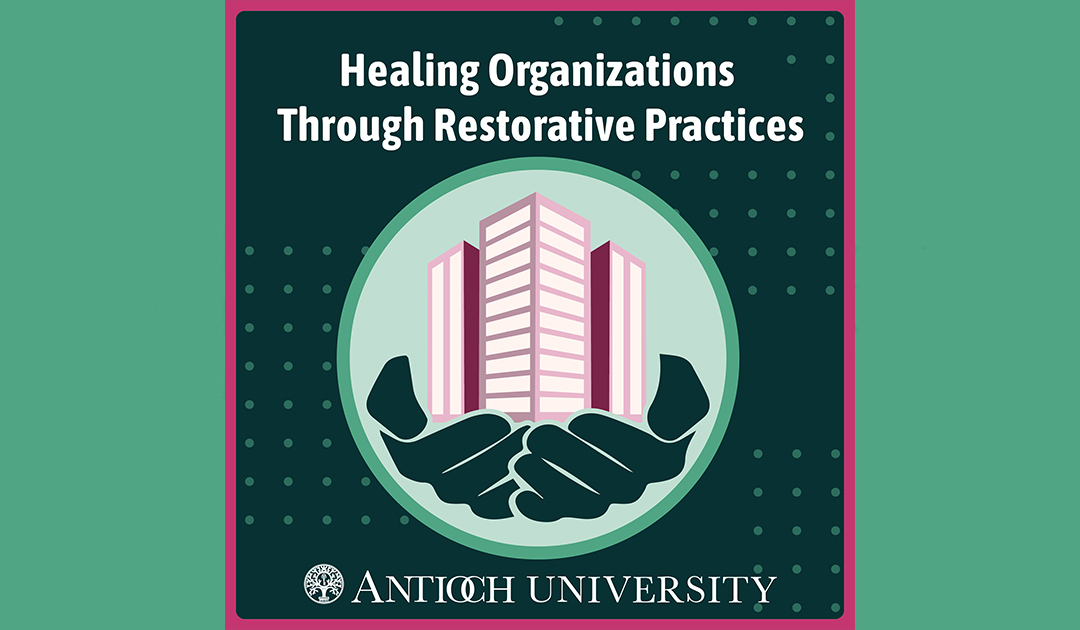In America’s fast-paced work culture, organizations face a wide array of challenges, from internal conflicts to adapting to social and cultural shifts. Traditional methods of conflict resolution often focus on immediate solutions rather than addressing the underlying issues that cause tension and discord. Fortunately, a new paradigm is emerging—one that leverages restorative practices as a means of organizational transformation.
Restorative practices offer a more holistic approach, aiming to rebuild trust, foster inclusivity, and cultivate collaboration—ultimately shifting organizations into spaces where people from all backgrounds can connect and thrive.
Understanding Restorative Practices
At its core, restorative practices focus on healing relationships and strengthening community bonds. This approach, rooted in psychology, management, and the social sciences, emphasizes open dialogue, empathy, and mutual respect. By adopting restorative practices, organizations can foster a resilient culture where people feel valued, understood, and empowered to contribute to the organization’s goals.
Restorative practices address the psychological barriers that often prevent individuals from fully engaging with their workplace communities, especially during times of organizational or structural change. Resistance to such change is a natural response, frequently rooted in feelings of mistrust, uncertainty, or fear of losing control.
By emphasizing empathy and understanding, restorative practices help individuals work through these fears and gradually embrace change.
Psychological Insights on Resistance and Healing
Understanding the psychological roots of resistance is essential to addressing it effectively. During times of organizational change, creating a culture of psychological safety is key to encouraging open dialogue and embracing new approaches.
Leaders of restorative practices can achieve this by:
- Building trust incrementally: Encouraging small acts of openness and empathy increases comfort levels among team members over time. This step-by-step approach fosters a foundation of trust, making team members more open to new initiatives.
- Modeling vulnerability: Leaders who show a willingness to engage in difficult conversations and take accountability for their actions set a strong example. This encourages team members to voice their own concerns and approach change with a similar openness.
- Affirming voices: Encouraging team members to express their concerns about proposed changes without fear of negative repercussions contributes to fostering psychological safety.
- Reinforcing positive outcomes: Celebrating moments of successful conflict resolution demonstrates the tangible benefits of restorative practices, leading to stronger relationships and enhanced collaboration. When team members see these positive effects firsthand, they are more likely to embrace future changes.
Through restorative practices, organizations cultivate a supportive, trust-driven culture that motivates employees to engage openly with change, promoting growth and resilience at both individual and team levels.
Management Strategies for Building Trust and Innovation
Beyond supporting psychological well-being, restorative practices also play a critical role in fostering innovation and adaptability among teams. Traditional conflict management often focuses on minimizing disruption, yet it can miss opportunities to leverage conflict as a catalyst for innovation. By reframing conflict as an opportunity for collective problem-solving, restorative practices create a more inclusive and creative organizational structure.
Management strategies that integrate restorative practices often emphasize empowerment over control. Some key strategies include:
- Facilitating post-project team reflections: After completing a project, managers can create open spaces for team members to reflect on their experiences, discuss successes, and address challenges. This practice fosters a culture of learning and allows employees to feel valued for their contributions, which drives motivation and inspires fresh ideas for future projects.
- Approaching performance feedback as an opportunity for growth and collaboration: Instead of delivering feedback as a one-sided assessment, managers can use it as a chance to collaborate with employees. This approach creates a continuous feedback loop where team members feel supported in their development and are encouraged to share ideas and creative solutions.
- Empowering team members to contribute solutions: Managers trained in restorative practices involve their teams in decision-making, inviting them to contribute ideas and solutions to organizational challenges. This approach not only enhances employees’ sense of ownership but also fosters a collaborative environment where innovation thrives.
- Focusing on relationship-building as a foundation for innovation: Managers of restorative practices prioritize building strong relationships within their teams, which establishes trust as a basis for innovation. By investing in relationships, managers create a work environment where team members feel secure, valued, and more willing to explore new ideas.
Managers who implement restorative approaches actively build trust within their teams by modeling transparent communication and promoting inclusive decision-making. This empowers employees to contribute to the organization’s goals, encouraging a sense of ownership and fostering innovation.
Cultural Dynamics: Fostering Inclusivity and Resilience
From a social science perspective, restorative practices align with the need for inclusivity in diverse, multicultural organizations. Restorative practices provide a framework for creating inclusive spaces that honor everyone’s background and experiences, strengthening organizational culture.
Organizations that adopt restorative practices can foster inclusivity through:
- Creating safe spaces for dialogue: Inviting team members from different cultural backgrounds to openly discuss their experiences promotes a sense of unity while allowing organizations to confront underlying biases and build a more equitable work environment.
- Encouraging active listening and empathy: By prioritizing listening to understand rather than respond, organizations demonstrate respect for diverse perspectives and foster an inclusive culture where everyone feels valued.
- Establish resilience as a cultural value: Restorative practices contribute to a resilient culture by equipping employees with tools to navigate conflict, embrace change, and support one another through a shared commitment to inclusivity.
This holistic approach fosters an environment where every team member feels they have a place and a voice, enriching the organization’s culture and enhancing its ability to adapt to a changing social landscape.
A Holistic Vision for Organizational Health
Restorative practices transform workplaces into communities that prioritize the well-being and growth of everyone involved. As organizations build on this foundation, they grow not only as businesses but also as collaborative, inclusive communities that contribute to social progress.
This ongoing commitment to healing and collaboration cultivates a workplace culture that thrives in a dynamic world, where the benefits extend far beyond conflict resolution to promote unity, resilience, and a sense of belonging.
Interested in driving transformative change as a working professional? Curious about what you can do to bolster equity and inclusion through restorative practices? Explore Antioch University’s PhD in Leadership and Change program to learn more.





